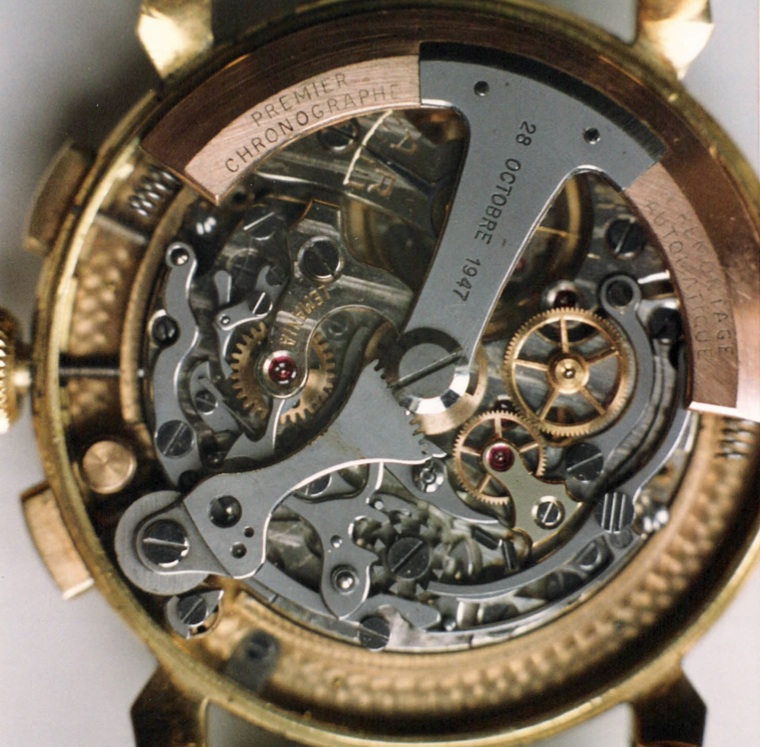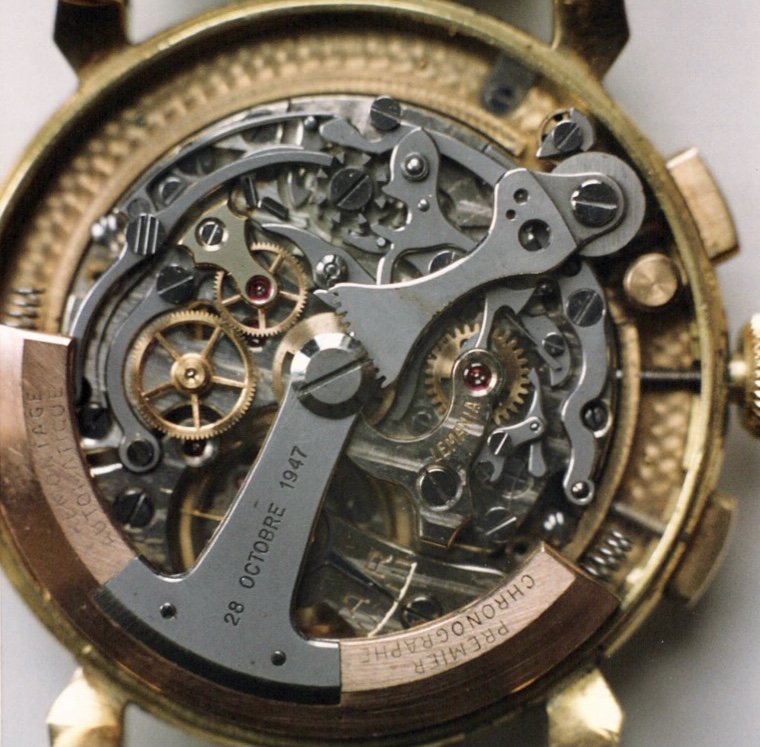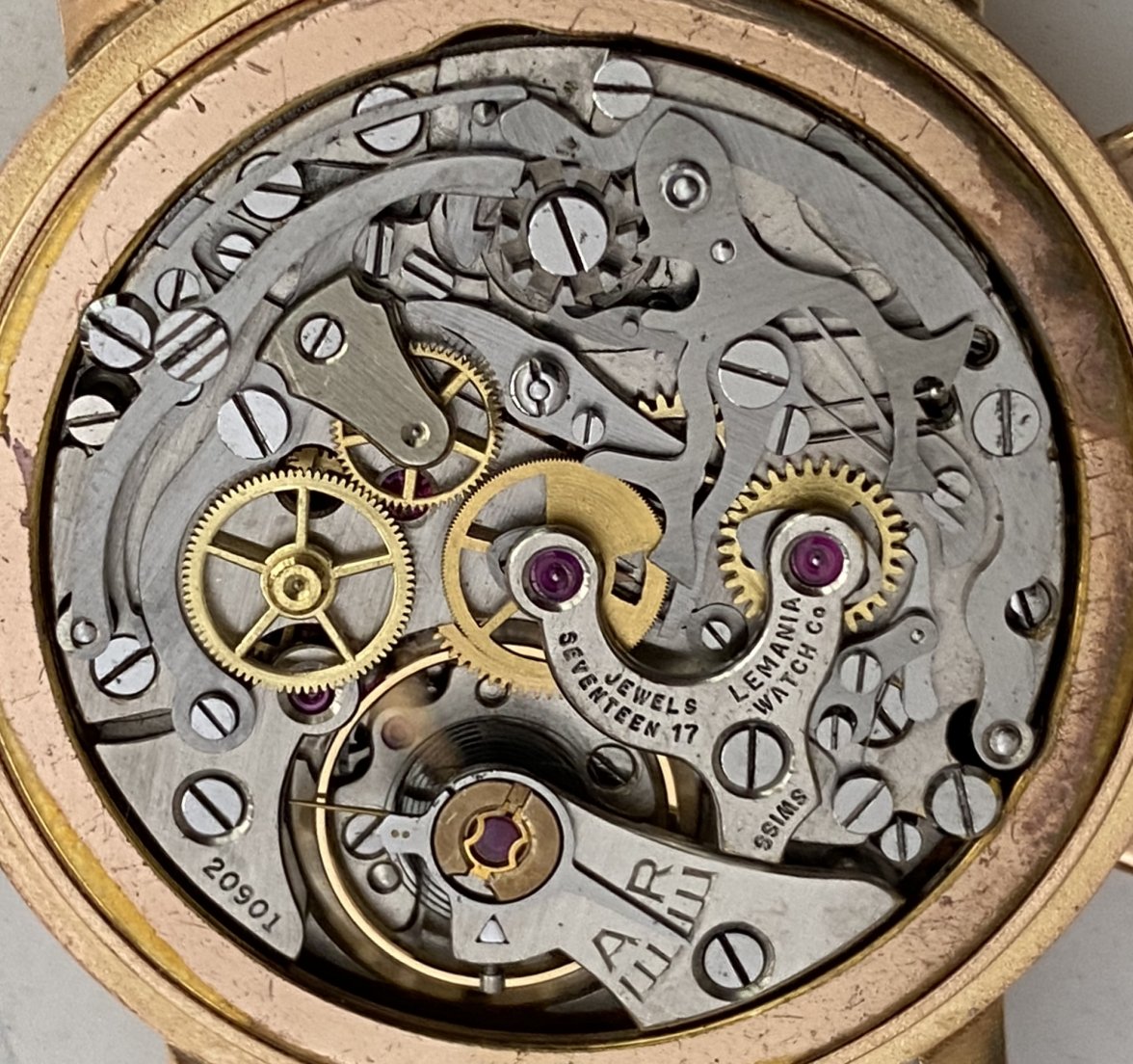TDBK
·While both automatic winding and chronographs have predecessors from long before, automatic wristwatches have been in mass manufacture since the 1920's to early 1930's and the chronograph watch achieved its modern form at about the same time. Regardless of precise history, it's clear that both technologies were mature for decades before the first automatic chronographs appeared in the late 1960's.
Why was this hard? What's the technical difficulty? To my naive eye, the works for enabling, disabling, resetting and powering the chronograph complications are entirely separable from the power source and winding mechanisms, but if that was the case, presumably we would have seen automatic chronographs much earlier.
I'm going to find any claims that "maybe nobody thought of it" or "maybe manufacturers just didn't think there was a market" to require extraordinary proof. Both automatic watches and chronograph watches were quite popular in the decades from the 30s through the 60s, and the watch industry was highly competitive and innovative. The idea that nobody ever tried this, despite it being straightforward, strains my credibility.
Why was this hard? What's the technical difficulty? To my naive eye, the works for enabling, disabling, resetting and powering the chronograph complications are entirely separable from the power source and winding mechanisms, but if that was the case, presumably we would have seen automatic chronographs much earlier.
I'm going to find any claims that "maybe nobody thought of it" or "maybe manufacturers just didn't think there was a market" to require extraordinary proof. Both automatic watches and chronograph watches were quite popular in the decades from the 30s through the 60s, and the watch industry was highly competitive and innovative. The idea that nobody ever tried this, despite it being straightforward, strains my credibility.



